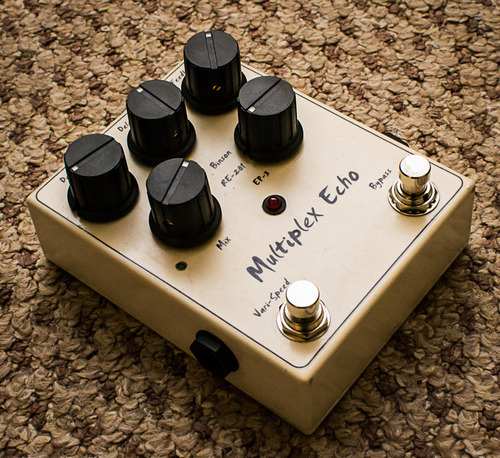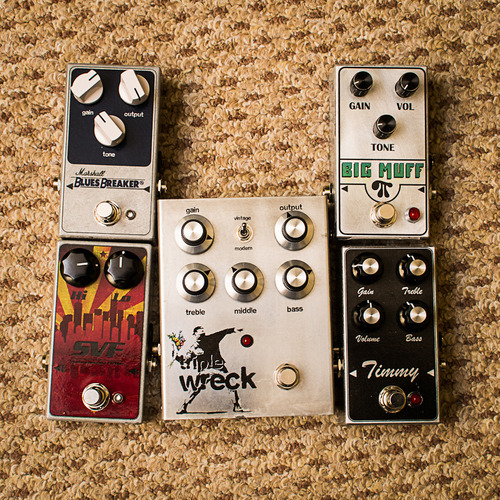maxwall
Well-known member
- Joined
- Nov 17, 2004
- Messages
- 1,134
I've tried this with LaserJet 4,5 and all kinds of glossy paper. One problem, the glossy paper is too thick . Two, the using a iron is not hot enough. A heat press is required. Three, the toner will transfer successfully about 1-2 out of 5 tries and you'll waste a lot of time trying. To date , I have'nt seen anything work consistently really well eventhough many people talk about this method. Basically , yes, it may work a few times but its a real Pain in the Axx for all the time spent. I use this method for PCB ptototypes and it very cost effective , but you'll lose cost in the time investment trying to get it to transfer to the PCB or whereever the image will transfer too.
Main problem you cannot see how much of the toner has transfered before you start to peel the paper up , most of the time the image only partially trasnfers, if that happens you get to start all over again.
Main problem you cannot see how much of the toner has transfered before you start to peel the paper up , most of the time the image only partially trasnfers, if that happens you get to start all over again.















![Soldering Iron Kit, 120W LED Digital Advanced Solder Iron Soldering Gun kit, 110V Welding Tools, Smart Temperature Control [356℉-932℉], Extra 5pcs Tips, Auto Sleep, Temp Calibration, Orange](https://m.media-amazon.com/images/I/51sFKu9SdeL._SL500_.jpg)






















